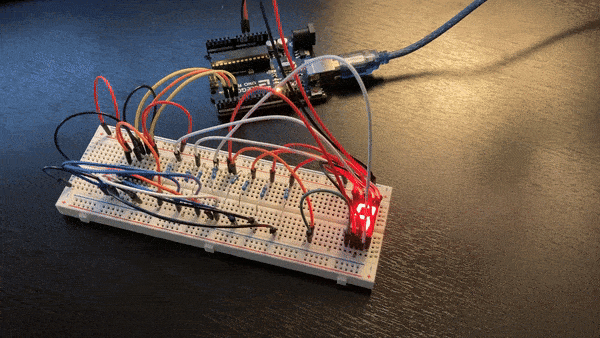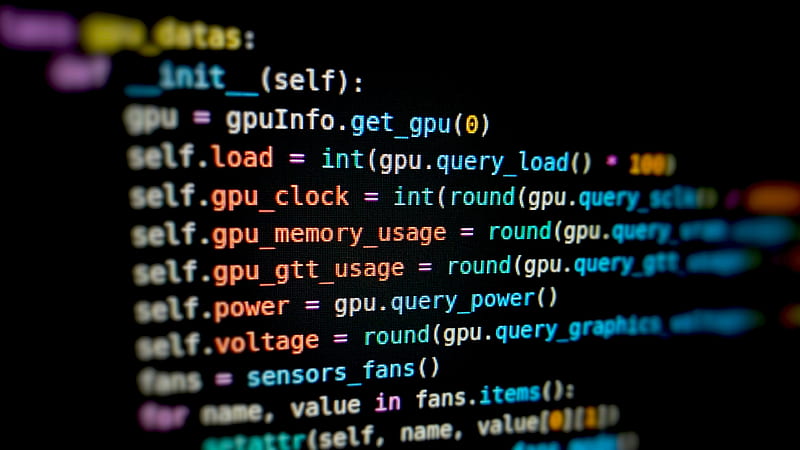
Combining Lidar and Radar using Deep Learning for Self-Driving
Summer 2023
Reviews modern methods of combining lidar and radar data in autonomous driving vehicles using deep learning to improve object detection, including ST-MVDNet and M²-Fusion. Describes strengths, weaknesses, and potential real-world applications of each method.
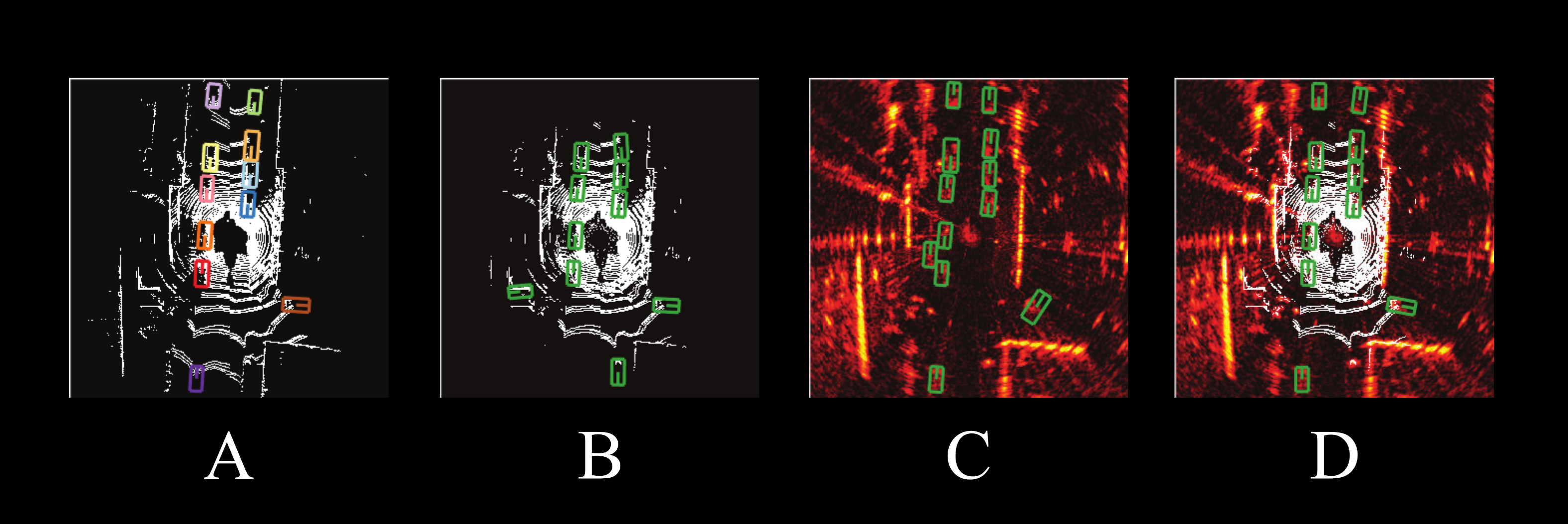
Using Pretrained Super Resolution Models for Video
Summer 2023
Utilizes super resolution models, such as EDSR, ESPCN, FSRCNN, and LapSRN to improve the quality of a live video stream. Observed 15.84% maximum improvement when compared with bicubic interpolation.
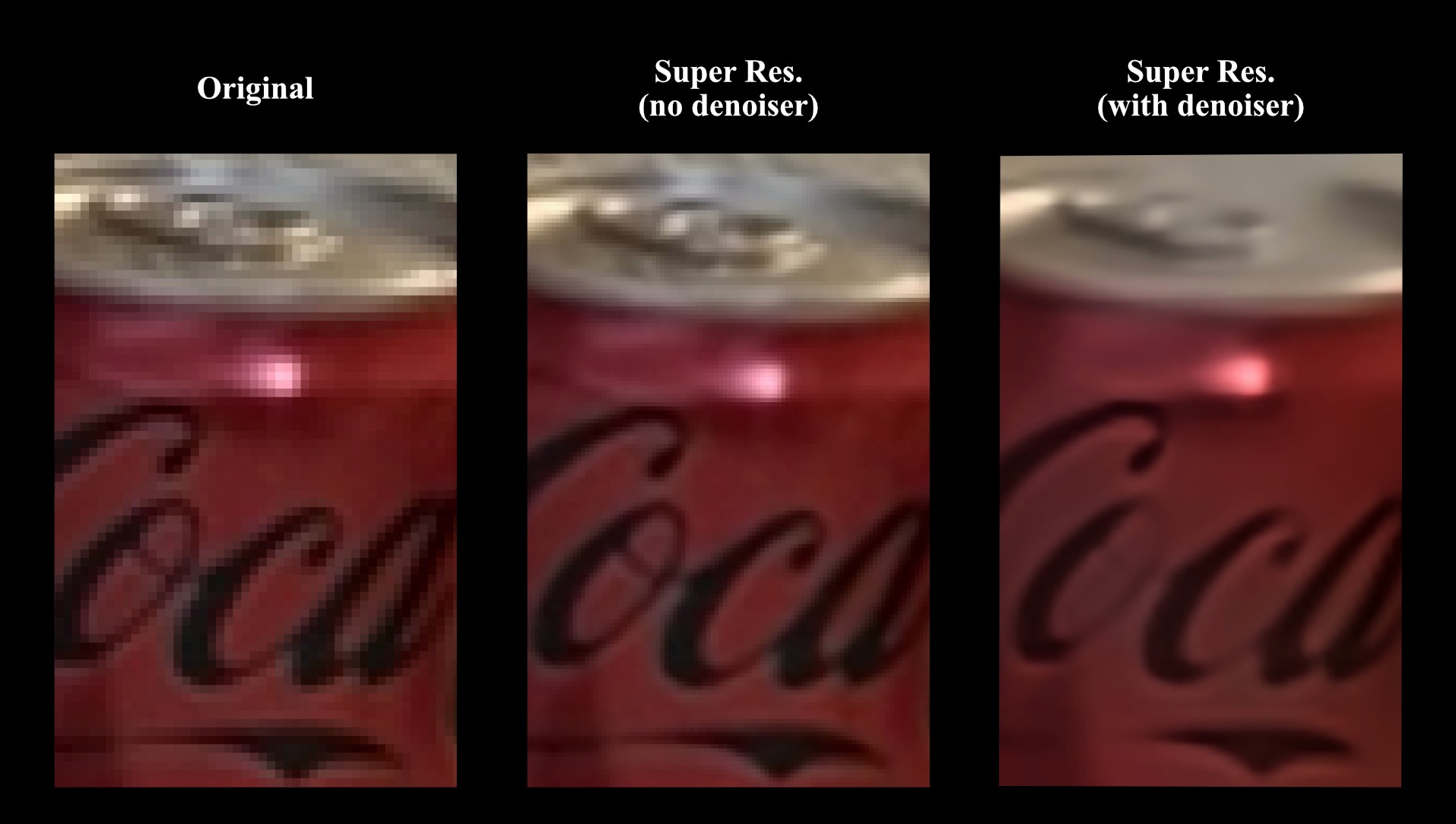
Security Camera
Summer 2022
Detects faces using XML models and sends email notifications that include facial recognition images as attachments. Models provide functionality to observe other frames of reference, such as human figures or torsos.
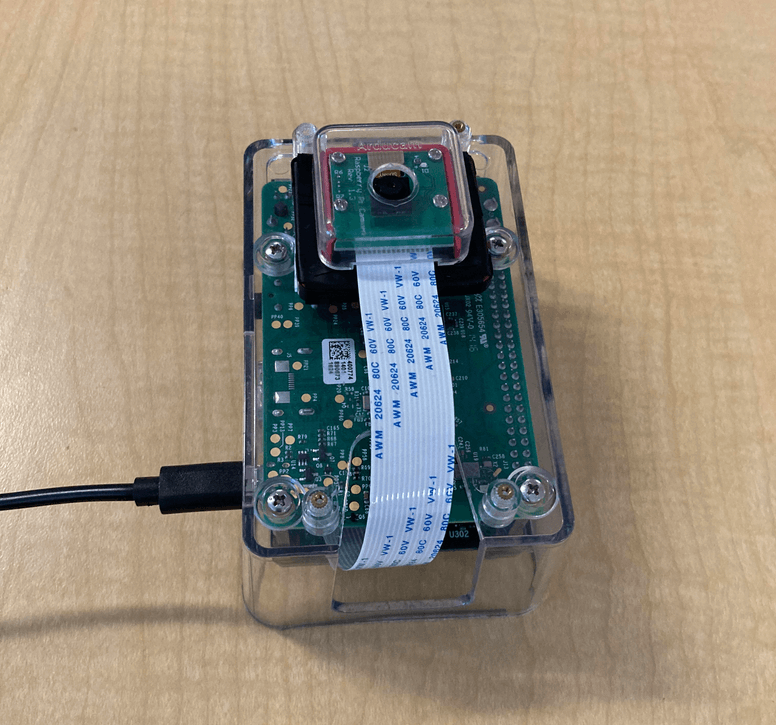
Business Intern, Bambuser
Summer 2022
Worked with tech lead Marcus Larson and other interns to critically analyze and present solutions to company issues related to business, recruitment, and product announcements.

Data Grapher
August 2022
Reads point data using file IO, then scales and graphs data with a coordinate plane. Possible applications include expanding or modifying to display logged data for systems such as CPU temperature, battery statistics, etc.
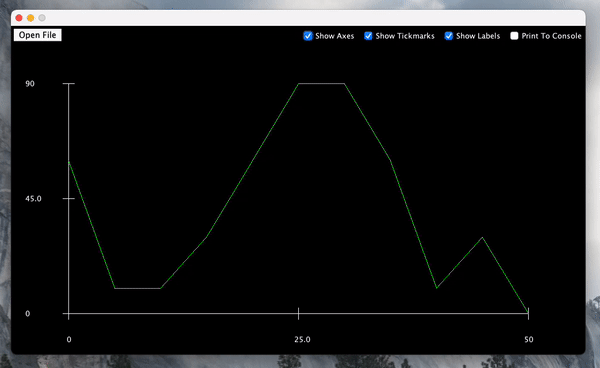
Sprint Typer
May 2022
Typing game made as a final game project for freshman year Java course in high school. Objective involves typing a biology-themed string of text as quickly as possible, then playing a quiz to assess acquired knowledge. Leaderboard and car aesthetic customization are included as additional features.
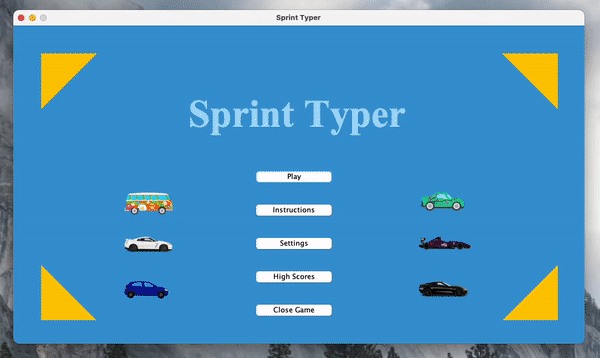
Double Pendulum
April 2022
Double pendulum simulation created with Java and Swing GUI components, inspired by The Coding Train who used a built-in graphics library with Processing. Features components such as sliders and buttons to alter pendulum motion.
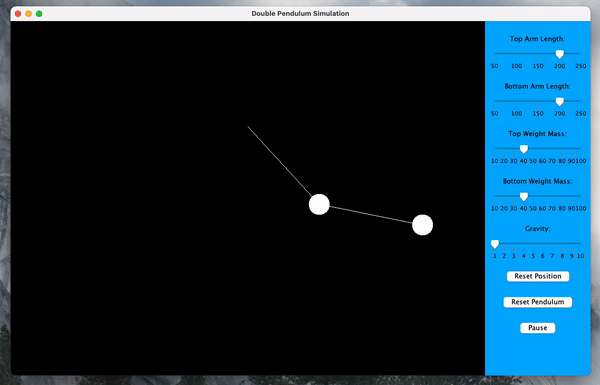
Designing a Safe Lock
Fall-Winter 2021
A remote-controlled lock which can be installed on a safe with further hardware modifications. Utilizes different components, such as a buzzer, an IR receiver, and a multi-colored LED for IO.
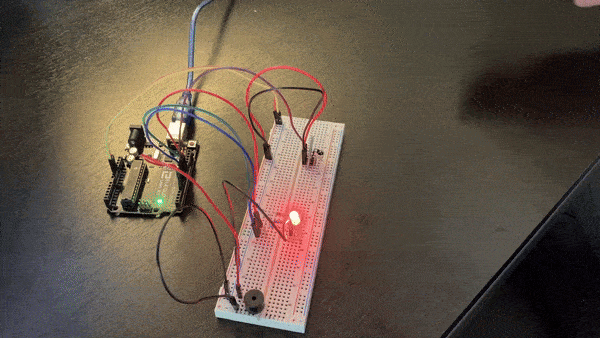
Motor Circuit
Fall-Winter 2021
Simulates a motor using the
digitialWrite() and
analogWrite() functions that Arduino provides.
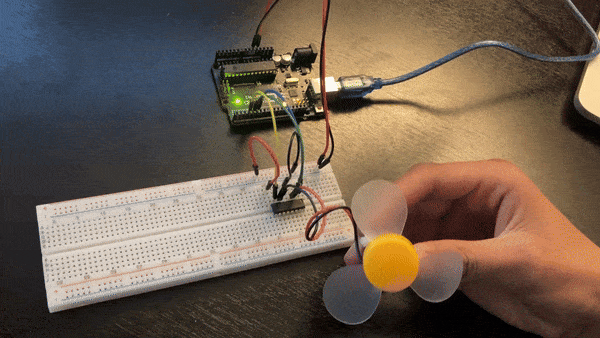
Seven-Segment Display
Fall-Winter 2021
Displays different characters on a seven segment display when ran.
